|
“Does foam rolling work?” We live in a world that offers a thousand different products, each of them claiming to be the best solution for every conceivable problem known to man. What does the research evidence say about foam rolling? Is it worth your time and money? Myofascia First, it is crucial to understand what foam rollers are attempting to change. ‘Myofacia’ broken down into its components denotes the connection of muscle with connective tissue that surrounds and connects itself to every muscle, bone, organ, nerve, blood vessel and other structures in the body (1). This means that every muscle is directly connected to the ones next to it. It is absolutely crucial to have this system in place, as it helps with the dispersion of force (the force applied to or from one muscle can be shared by the neighbouring muscles) (2). Some researchers and clinicians believe that it is more important to address the fascial system when treating “tight” muscles. Others believe that since the fascia is connected by muscles, you should treat just the muscles. Myofascial release encompasses both, providing the best of both worlds. In my clinical opinion, it is important to assess first rather than assume. Then, if needed, treat both the muscle and the fascia. We must also understand that as fascia extends around all of our muscles, if it is lengthened or shortened in one area of the body, it could potentially have an effect upstream or downstream in the body. Myofascial Release Myofascial release has become a broad term covering a wide variety of techniques, including soft-tissue techniques, massage, instrument-assisted fascial release, Graston technique, trigger point release and many others. As a central nervous system response to injury or potential injury, muscle and/or fascia may tighten causing pain and blood flow restriction. This same response may also lead to the development of myofascial trigger points (tight bands of muscle and/or fascia that produce both local and referred pain). Studies suggest that myofascial release may decrease pain (3) and blood flow restrictions (4). Additionally, Schleip (2013) found that tight muscles/fascia may reduce the amount of water present in the problematic area (2). The research hypothesizes that the application of myofascial release may redistribute the water and allow tissue hydration. The response of myofascial release is not just local. In fact, many researchers and clinicians believe the most important aspect is neurological. When performing myofascial release on the muscle or fascia responsible for the local or distant tightness, the muscles and fascia send signals to the brain through afferent nerves, which then signals to the muscle to relax its excessively contracted state. What Are the Practical Implications? Foam Rolling Can Lead to Long Term Improvements in Flexibility There has been limited research completed on this topic, and it is slightly conflicting, however the general trend in the research appears that foam rolling can help improve long-term flexibility. Participants in the most recent research studies rolled for 3-8 weeks, 2-7 days/ week, 1-3 times per day, for 1 to 5 minutes each time. Despite the huge variability, all studies showed improvements in flexibility (5, 6, 7). Foam Rolling Does Not Affect Athletic Performance The latest evidence suggests that foam rolling does not seem to negatively affect athletic performance (including muscular strength, power, jumping or agility). It is noteworthy that dynamic warm ups also do not seem to improve athletic performance (although it may help to prevent injuries), however static stretching seems to have a negative effect on athletic performance. Participants in the most recent research studies rolled for 1-3 sets prior to testing, each for a duration of 30 seconds (about 1.5 minutes total per muscle group). The researchers used the following exercises as outcome measures to test athletic performance: isometic knee extensions at 90 degrees, ankle isometric plantar flexion, 30 second wingate test (bicycling at max effort), jump height and power, agility, one leg horizontal jump performance, and/or counter movement jumps (8, 9, 10, 11, 12). Foam Rolling Helps With Recovery After Exercise Foam rolling post-workout is able to reduce the feeling of having sore muscles, and actual muscle soreness on palpation in the days following exercise (13, 14). Application and Summary1) Foam rolling (as a stand alone method) can be used to significantly improve your flexibility. Roll your tight muscles at least 3 days a week, 1 time a day for 1 minute, and you should expect some changes. Want faster changes? Try increasing the frequency/duration/intensity. See my previous article on how to address soft tissue contractility for more ideas! 2) Foam rolling can be used pre-workout to help improve flexibility. You can rest assured that it will not reduce your athletic performance. 3) After your workout, use foam rolling on the muscle groups you exercised. If you do this on the day of the workout, as well as on day 2 and day 3 after your work out, you can mitigate post-workout soreness. References 1) LeMoon, K. (2008). Terminology used in fascia research. J Bodyw Mov Ther, 12(3), 204-212.
2) Schleip, R., Jäger, H., & Klingler, W. (2012). What is ‘fascia’? A review of different nomenclatures. Journal of bodywork and movement therapies, 16(4), 496-502. 3) Miernik, M., Wieckiewicz, M., Paradowska, A., & Wieckiewicz, W. (2011). Massage therapy in myofascial TMD pain management. Advances in clinical and experimental medicine: official organ Wroclaw Medical University, 21(5), 681-685. 4) Walton, A. (2008). Efficacy of myofascial release techniques in the treatment of primary Raynaud's phenomenon. Journal of bodywork and movement therapies, 12(3), 274-280. 5) Ebrahim, A. W., & Elghany, A. W. A. (2013). The effect of foam roller exercise and Nanoparticle in speeding of healing of sport injuries. Journal of American Science, 6, 9. 6) Mohr, A. R., Long, B. C., & Goad, C. L. (2014). Effect of foam rolling and static stretching on passive hip-flexion range of motion. Journal of sport rehabilitation, 23(4), 296-299. 7) Sherer, E. (2013). Effects of utilizing a myofascial foam roll on hamstring flexibility. (Unpublished) 8) MacDonald, G. Z., Penney, M. D., Mullaley, M. E., Cuconato, A. L., Drake, C. D., Behm, D. G., & Button, D. C. (2013). An acute bout of self-myofascial release increases range of motion without a subsequent decrease in muscle activation or force. The Journal of Strength & Conditioning Research, 27(3), 812-821. 9) Halperin, I., Aboodarda, S. J., Button, D. C., Andersen, L. L., & Behm, D. G. (2014). Roller massager improves range of motion of plantar flexor muscles without subsequent decreases in force parameters. International journal of sports physical therapy, 9(1), 92. 10) Sullivan, K. M., Silvey, D. B., Button, D. C., & Behm, D. G. (2013). Roller-Massager application to the hamstrings increases sit-and-reach range of motion within five to ten seconds without performance. International journal of sports physical therapy, 8(3), 228. 11) Janot, J., Malin, B., Cook, R., Hagenbucher, J., Draeger, A., Jordan, M., & Quinn, E. (2013). Effects of Self Myofascial Release and Static Stretching on Anaerobic Power Output. Journal of Fitness Research, 2(1). 12) Healey, K. C., Hatfield, D. L., Blanpied, P., Dorfman, L. R., & Riebe, D. (2014). The effects of myofascial release with foam rolling on performance. The Journal of Strength & Conditioning Research, 28(1), 61-68. 13) MacDonald, G. Z., Button, D. C., Drinkwater, E. J., & Behm, D. G. (2014). Foam rolling as a recovery tool after an intense bout of physical activity. Med Sci Sports Exerc, 46(1), 131-142. 14) Jay, K., Sundstrup, E., Søndergaard, S. D., Behm, D., Brandt, M., Særvoll, C. A., ... & Andersen, L. L. (2014). Specific and cross over effects of massage for muscle soreness: Randomized controlled trial. International journal of sports physical therapy, 9(1), 82.
1 Comment
|
Have you found these article to be informative, helpful, or enjoyable to read? If so, please visit my Facebook page by clicking HERE, or click the Like button below to be alerted of all new articles!
Author
Jacob Carter lives and works in Canmore, Alberta. He combines research evidence with clinical expertise to educate other healthcare professionals, athletes, and the general public on a variety of health topics. Archives
November 2022
Categories
All
|
|
|
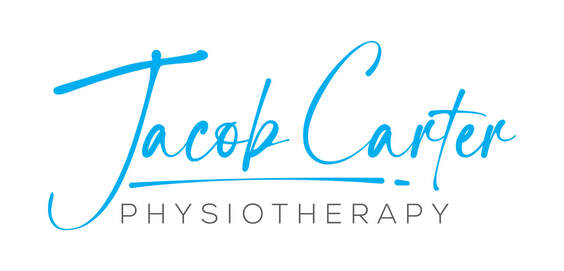
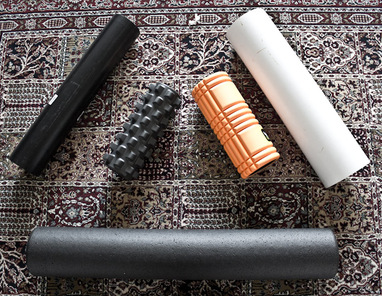
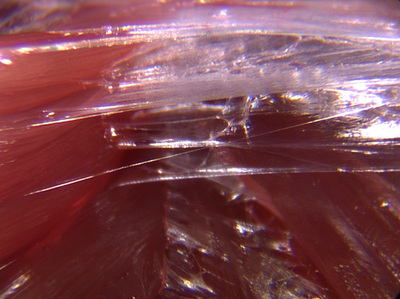
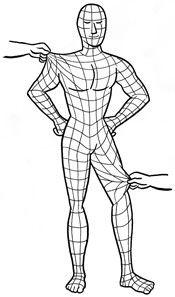
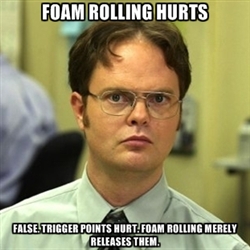
 RSS Feed
RSS Feed